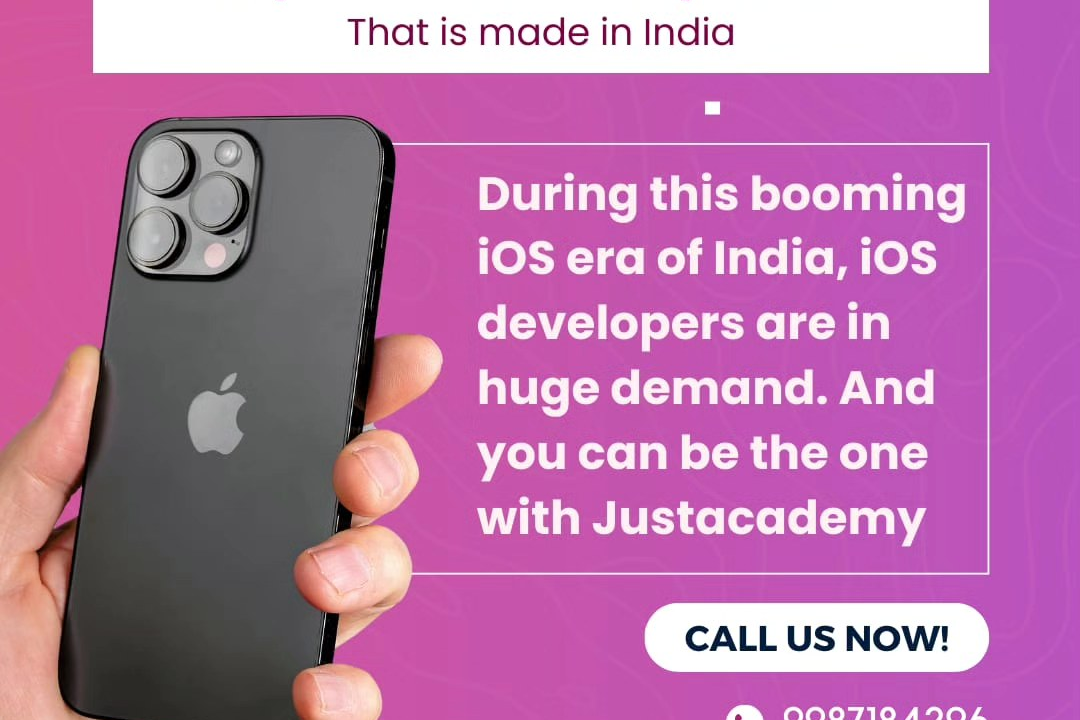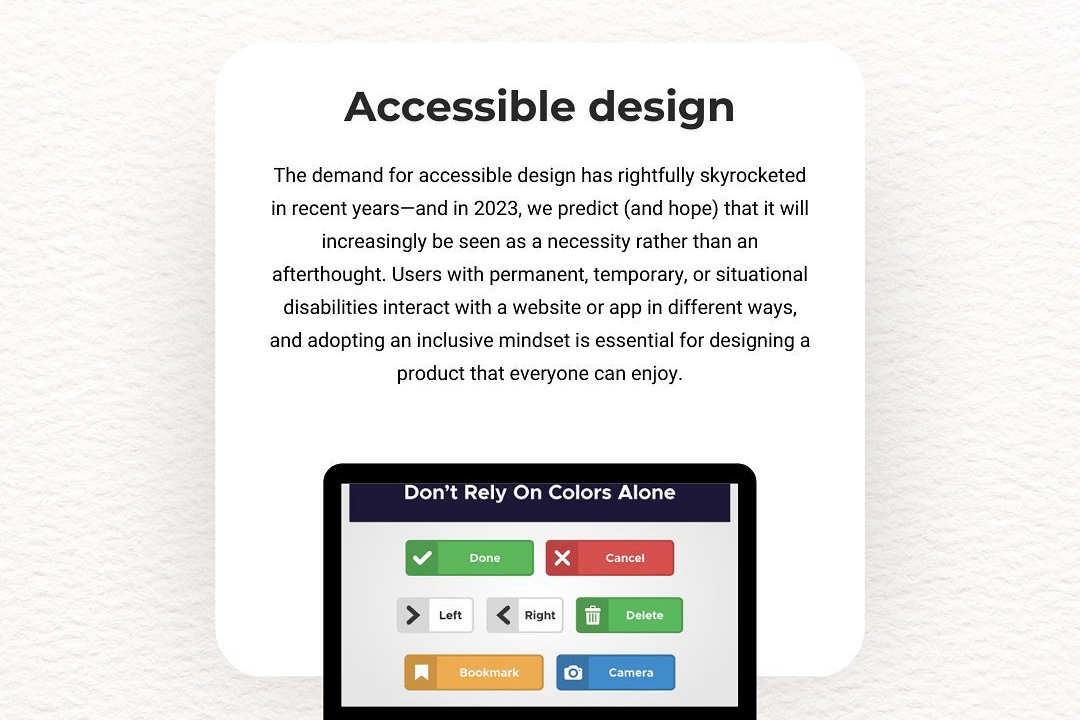Flutter Application Enhancements
Improving Your Flutter Application: Key Enhancements and Best Practices
Flutter Application Enhancements
Flutter has evolved significantly, offering numerous enhancements to improve app development efficiency and performance. Key updates include the introduction of the Flutter DevTools suite for better debugging and performance profiling, enhancements in state management solutions with the incorporation of Riverpod and GetX, and expanded support for desktop and web applications, enabling a true cross-platform development experience. Additionally, improvements in the widget catalog, such as new Material and Cupertino design components, allow developers to create aesthetically pleasing UI that adheres to platform guidelines. The Flutter ecosystem has also seen an increase in community-driven plugins and packages, streamlining common functionalities like form validation, image loading, and animations, which collectively contribute to a more seamless and robust development process. Overall, these enhancements facilitate rapid development cycles, better user experiences, and wider platform reach.
To Download Our Brochure: https://www.justacademy.co/download-brochure-for-free
Message us for more information: +91 9987184296
1 - Hot Reload: Provides a rapid development experience by allowing developers to see changes in real time without needing to restart the app, enabling faster iteration and debugging.
2) Widget Catalog: Flutter offers a rich set of pre designed widgets for both Material Design (Android) and Cupertino (iOS), making it easy to create beautiful user interfaces with minimal effort.
3) Customizable Widgets: Besides standard widgets, Flutter allows developers to create custom widgets, improving reusability and flexibility in design.
4) Cross Platform Development: Write once, deploy everywhere; Flutter allows you to build applications for multiple platforms including iOS, Android, web, and desktop from a single codebase.
5) Dart Language: Flutter uses the Dart programming language, which is optimized for front end development, offering features like strong typing, async/await for better concurrency, and excellent performance.
6) Rich Motion APIs: Flutter’s animation library makes it easy to add smooth transitions and rich animations, enhancing user experience and engagement.
7) State Management Solutions: Flutter supports various state management techniques (Provider, BLoC, Riverpod, etc.) that help manage application state efficiently across complex apps.
8) Responsive Design: Flutter’s layout system helps in creating responsive designs that adapt seamlessly to different screen sizes and orientations.
9) Flutter DevTools: A suite of debugging and performance tools provided within the Flutter framework, allowing developers to inspect UI layouts, analyze performance, and debug issues effectively.
10) Internationalization and Localization: Flutter provides built in support for creating apps that can be easily localized into different languages, catering to a global audience.
11) Integrated Testing Framework: Flutter includes built in testing capabilities, supporting unit testing, widget testing, and integration testing to ensure app reliability and performance.
12) Access to Native Features: Flutter can call platform specific APIs and features (like camera, GPS, etc.) through platform channels, enabling rich native experiences.
13) Firebase Integration: Flutter works seamlessly with Firebase, providing backend solutions such as authentication, real time databases, and cloud functions, vastly simplifying backend development.
14) Accessibility Features: Flutter applications can be made accessible for users with disabilities through the use of semantic widgets, ensuring compliance with accessibility best practices.
15) Plugins and Packages: The Flutter ecosystem is rich with plugins and packages available on pub.dev, allowing developers to easily add functionality from third party libraries and tools.
16) Support for Web and Desktop: Flutter's recent expansions into web and desktop applications empower developers to reach even wider audiences beyond mobile devices.
17) Theming and Customization: Flutter allows extensive customization of themes, enabling developers to create consistent branding and unique styles across the application.
18) Performance Optimization: Flutter apps are compiled to native code, which enhances the performance compared to interpreters and helps achieve high frame rates and smooth UX.
19) Community and Support: A vibrant community of developers and extensive documentation make Flutter a robust choice, providing resources for learning, troubleshooting, and collaboration.
By covering these features in your training program, students will get a comprehensive understanding of Flutter's abilities and how to leverage them in developing high quality applications.
Browse our course links : https://www.justacademy.co/all-courses
To Join our FREE DEMO Session: Click Here
Contact Us for more info:
- Message us on Whatsapp: +91 9987184296
- Email id: info@justacademy.co
Java Coding Questions for 5 Years Experience 2024












